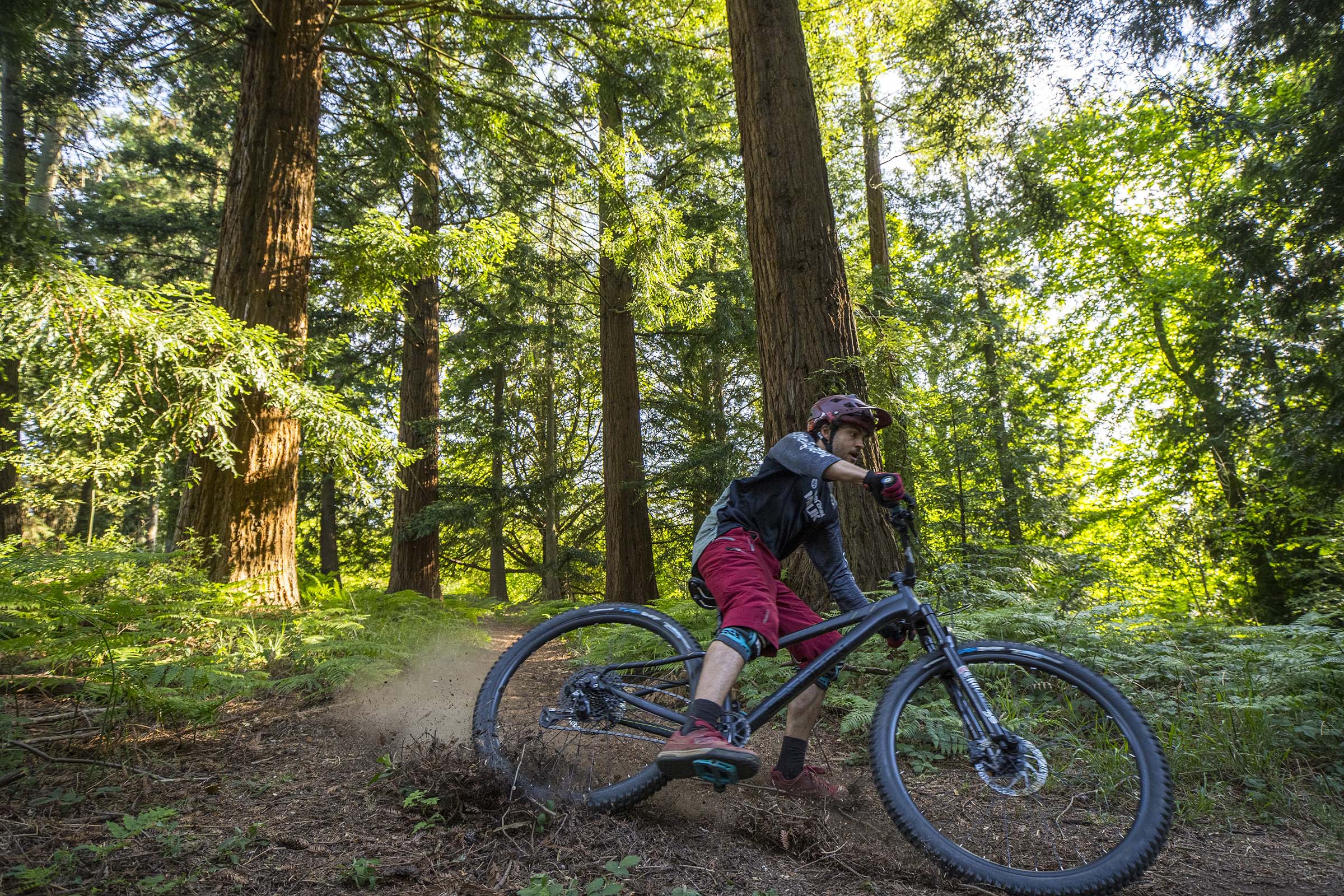If you could choose just one bike what would it be? It’s a question which always floats around BikeRadar towers, and often the answer is a gravel bike.
Is it because the cycling illuminati are paying us to say this, or, is it because we’re genuinely passionate about gravel bikes?
1. They’re versatile
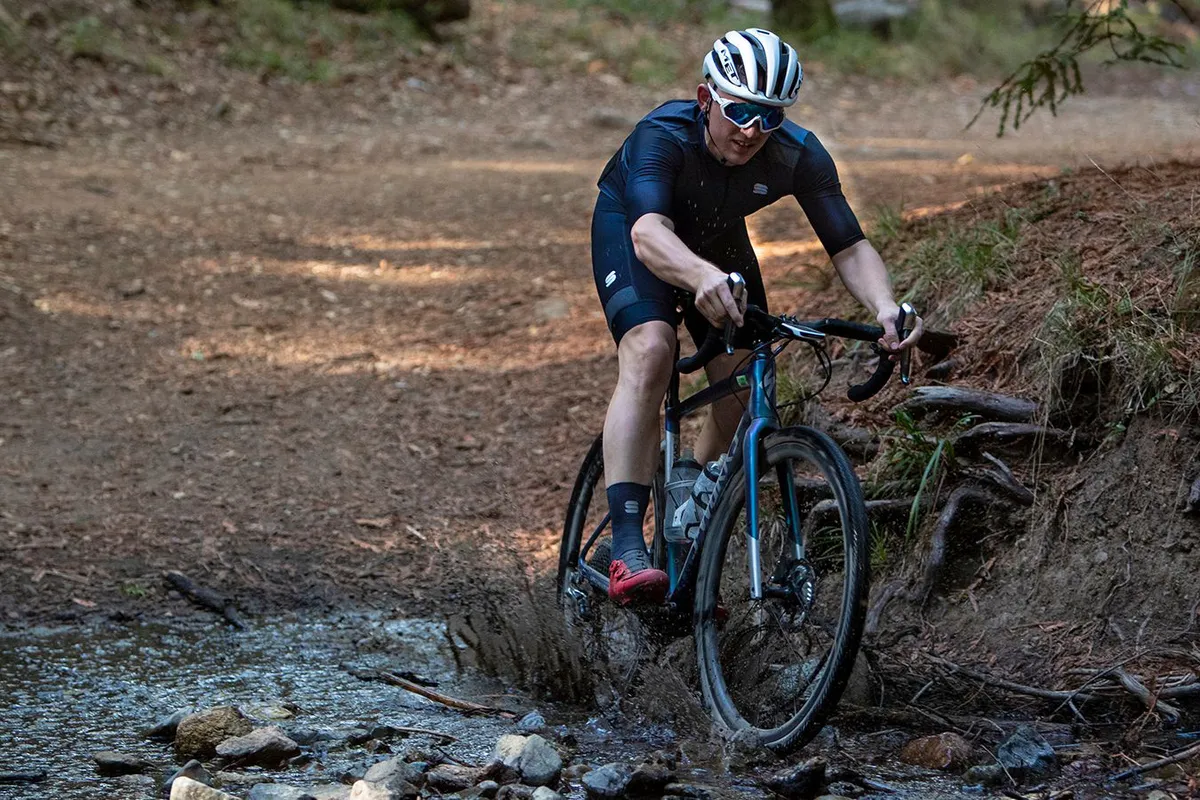
Point number one. Pound for pound, gravel bikes are the most versatile bikes you can buy. Don’t believe us, then listen up.
In our experience you can enjoy riding a gravel bike on almost everything bar technical mountain bike trails. Even then, if you have big enough tyres, you may be surprised what a gravel bike is capable of.
Road riding on a gravel bike? Unless you’re racing, we’ve found them to be plenty fast enough, while being nice and comfortable as well.
If you want to go touring, no problem, gravel bikes often have plenty of mounts for all your luggage and trendy Instagramable accessories.
A hardtail mountain bike or cyclocross bike would come in second when it comes to versatile bikes, but they don’t quite have the gearing range or luggage mounting options of a gravel bike.
Obviously if you’re trying to win the Tour or a downhill world cup, then you won’t be doing it on a gravel bike, but for the rest of us, this versatile machine could be exactly what we need.
Think we’re wrong, let us know why in the comments.
2. You can run almost every tyre
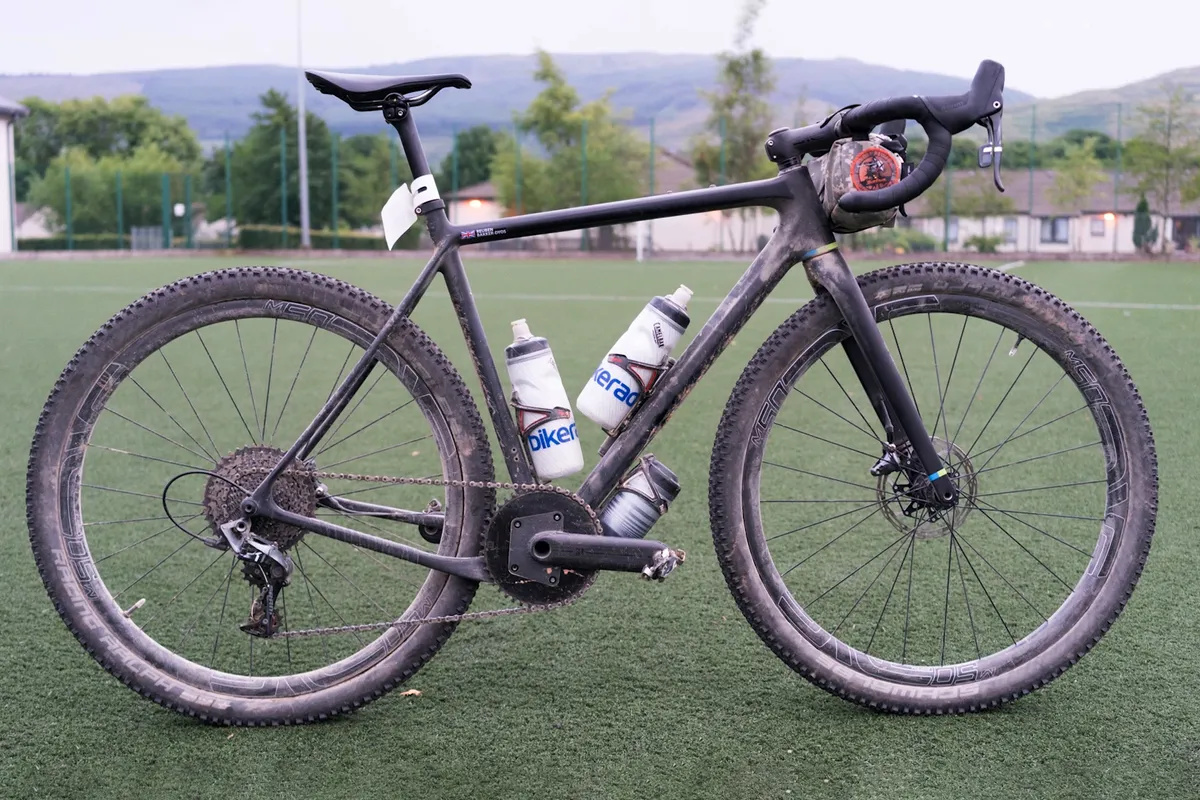
While we’re on the case of versatility, let's talk tyres. Gravel bikes can run a whole host of different tyres sizes, widths and tread patterns without too much trouble.
Granted you may need two different wheelsets, but it’s still cheaper than buying a whole other bike.
If you’re running a 27.in wheel, many gravel bikes take up to a 2.1in tyre. Switch to a 700c wheel and you can fit around a 47mm tyre. You could also run something like a 30mm tyre if you fancied some fast paced road riding.
If you’re still not convinced, take a look at the Lauf Anywhere ridden by our videographer Felix. He used it for gravel racing, long distance touring and even a hill climb or two during 2019.
If it hadn’t been for his gravel bike, we doubt he would have been able to cover all of those disciplines.
3. Gearing is rarely limited
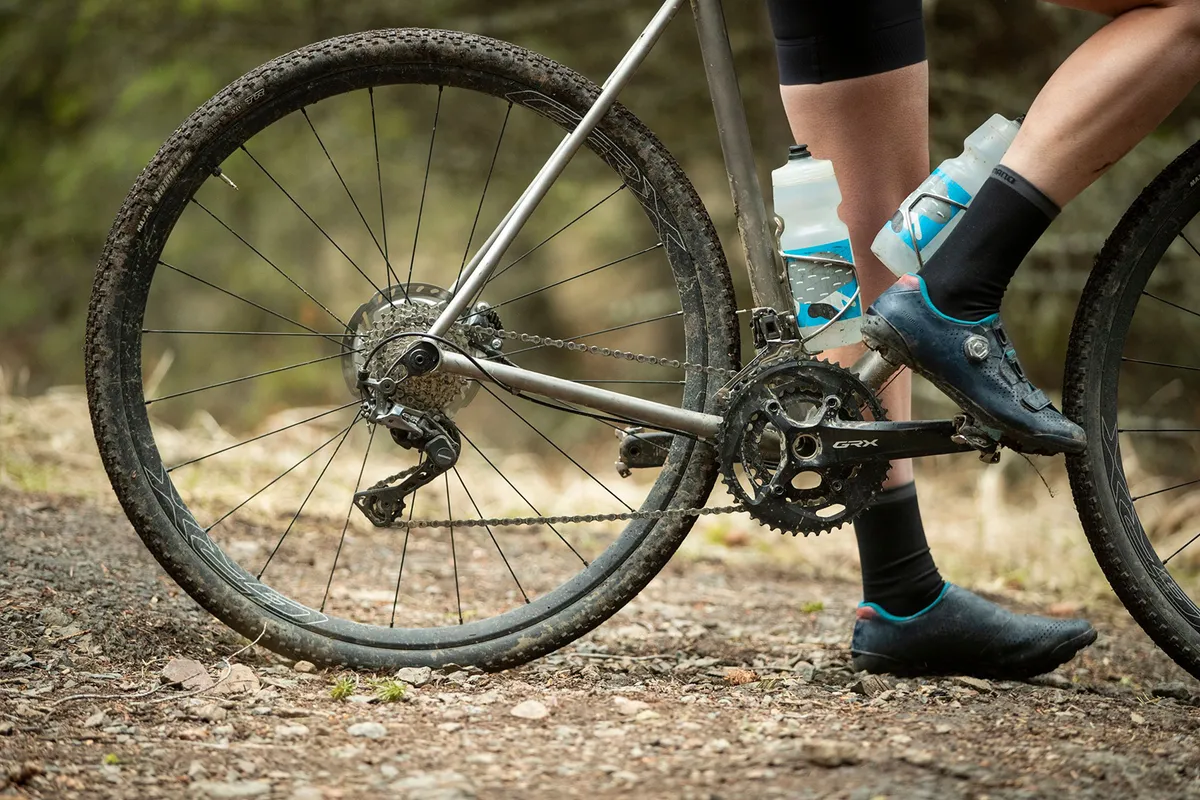
Gearing for any bike is very much based on personal preference, what works for one rider might not work for another.
But we think gravel bikes give you the most options when it comes to dialling in your gearing choices.
If you’re looking for truly versatile gearing that will help you thrash on the road, spin up steep off-road climbs or go cycle touring, then something like a 46/30 on the front paired with a 11/34 could work well.
If you want to simplify things and go 1x, then there are plenty of options from the big groupset players.
Granted, if you’re doing something hyper specific, like a ten mile time trial, or an ultra distance race, then you might need a different setup.
However, for most people, under most circumstances, gravel style gearing will get them through just about anything.
4. You can vary ride position
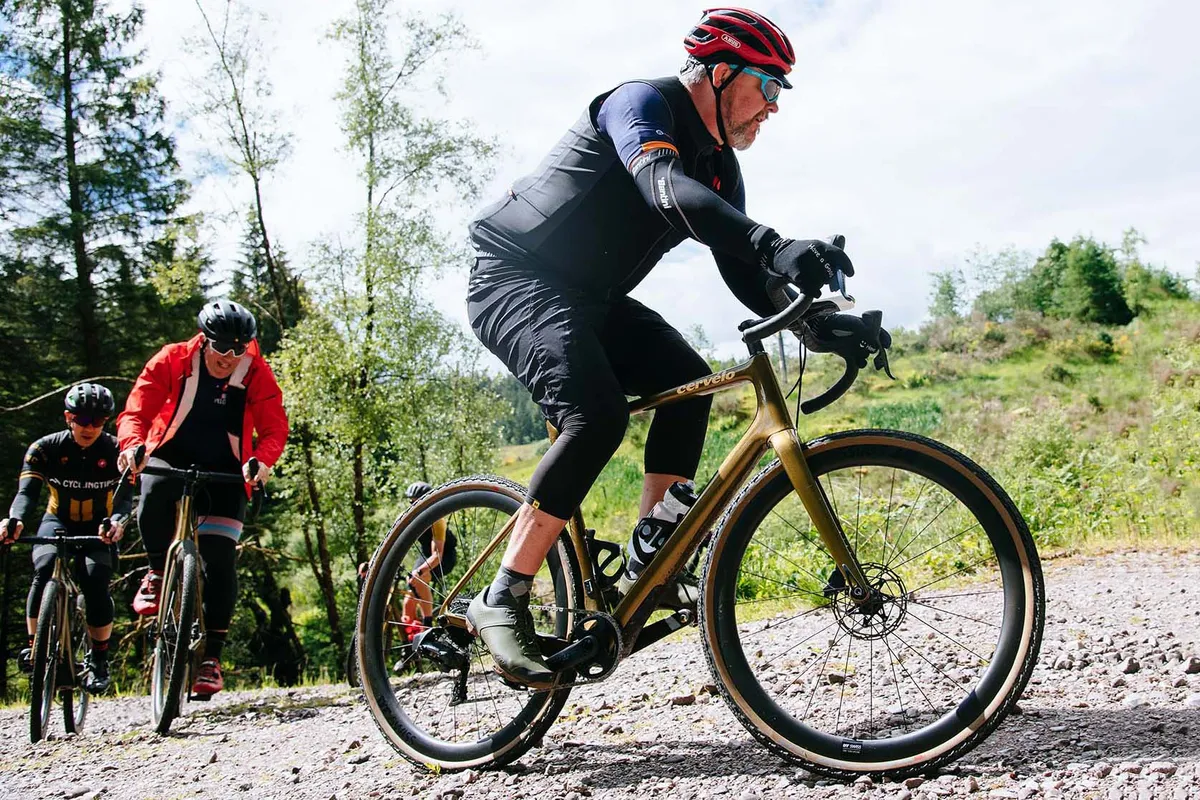
Gravel bike geometry is traditionally a touch more forgiving than a road bike, and a bit more aggressive compared to a mountain bike. This obviously means it strikes a good balance between the two.
However, it also means you’re only a couple of upgrades away from modifying your gravel bike into a more focused machine.
If road riding is the flavour of the month, sticking on a slightly longer, negative rise stem and some narrower bars could make you more aerodynamic.
If you’re doing some serious, long distance, off-road touring, a shorter stem will hopefully make for a less stretched out and comfier position.
People have even been known to put flat bars on gravel bikes, which basically turns them into an old school mountain bike. But that’s a story for another video.
5. Gravel bikes are fun
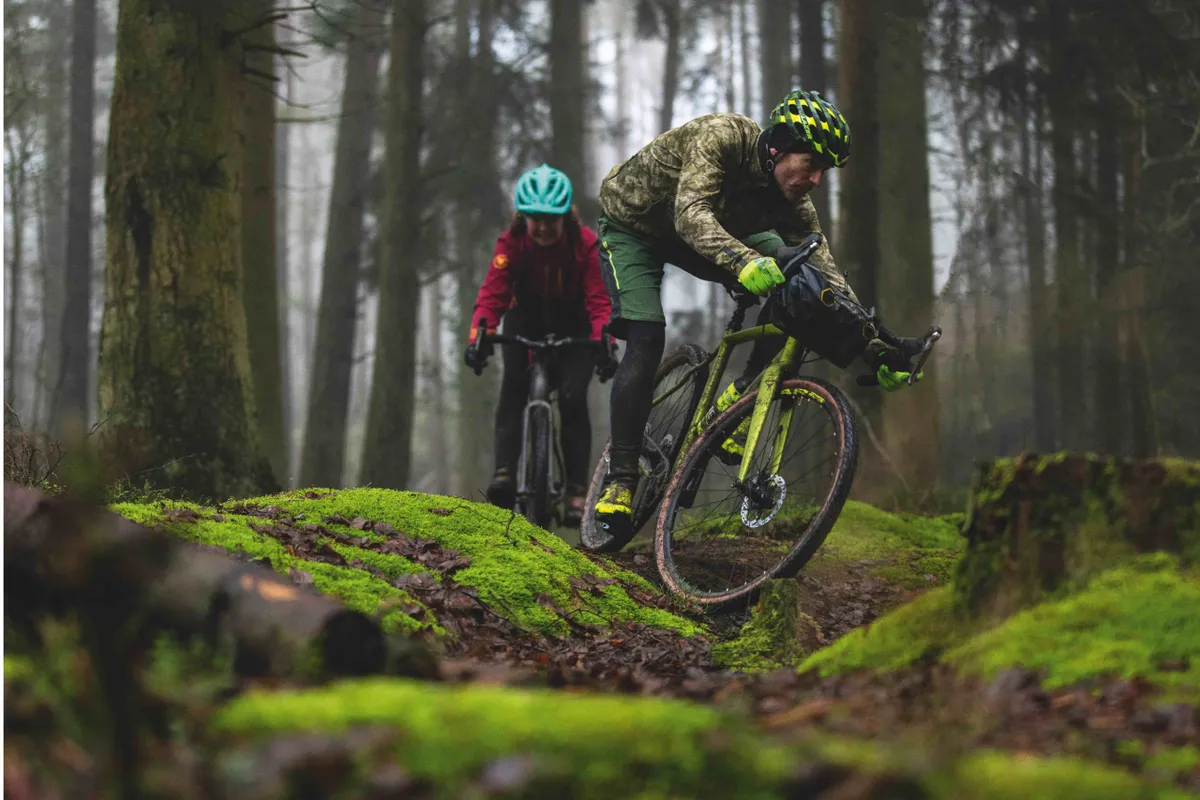
Much of cycling is steeped in tradition, with things done in certain ways because, well, that’s the way they’ve always been done. While tradition can be great, it can hamper progress.
Just think, you don’t have to look too far back to see Grand Tour riders using 23mm tyres because they were perceived to be faster. Then, in a few short years, the consensus changed towards wider tyres being faster, with pro racers now using 25mm tyres as standard.
And who knows, perhaps 28mm will be the norm in years to come.
The point is, progress within the industry can be a good thing, with brands ready and willing to try new things in this increasingly popular discipline.
So, if you could only have one bike to cover as many aspects of the cycling spectrum as possible, a gravel bike, with its daring designs and new standards, could be the way to go.
We’re going off to collect our gravel illuminati cheque now, but we hope it’s given you some food for thought.
A tricky thing with gravel is defining the genre because what gravel means to the gravel racer may be very different to the long distance bikepacker. However, they kind of end up falling into the same category.
